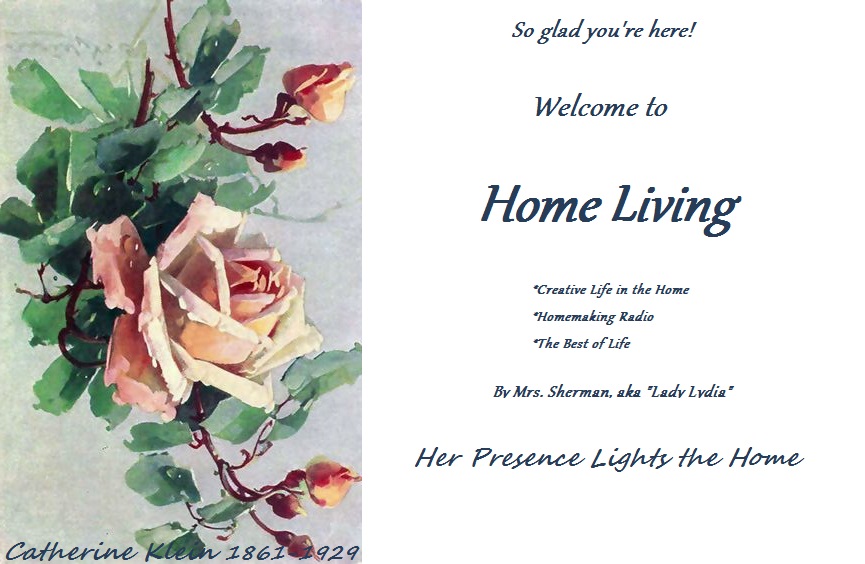painting by Louis Aston Knight, Pennyslvania 1873-1948
By learning to press a hem before sewing, and then stitching a straight stitch, you nearly have all the skill you need for just about anything you wish to make. Your iron will be the most important tool you have in sewing, and if you do not have one, you can get a small iron for crafts, which can be placed on a towel on the table next to your sewing machine.
If you want to learn to stitch straight and evenly, you can always use a checked fabric, and sew along the pattern on the fabric. I use large gingham check fabric when showing beginners how to straight-stitch, and all projects are made using the checked fabric.
The above sketch shows a way to plan out the sewing projects you wish to complete. Sketching out all your ideas can help you determine how much fabric you will need. When you do not have enough, you can always use a different fabric, as I have done with the muslin, that still matches it. When you have sketched every thing you can think of that you would like to make, you have a clearer idea of what you are wanting to do. Try sewing other things like baby-blocks and balls, ornaments, and picture frames, or make covers for plant pots, valances for the tops of your windows to hide the rods, and a tissue box cover. Try making a hat and hand bag. Some of these may come up in future beginner sewing posts. Use a nice pen and a deluxe box of crayons to illustrate the projects you are dreaming up. I think sewing should be inspiring and enjoyable, and not stressful. I remember as children, how we would take pieces of burlap and make small burlap bags and pretend to carry silver coins in them, made from foil covered round cardboard pieces. With fabric, we could make anything, from a tent to a sleeping bag.
This is what has been completed so far: pillow and pillow case, yo-yo quilt piece, soft toy, little gift bag, lamp shade cover, patchwork quilted potholder or hot pad, dish towel or tea towel, handkerchief, table runner.
I began more projects with muslin, and added ball fringe trim: yard-long pillow, lamp shade cover, handkerchief, coffee-table or end-table cloth, and fireplace mantle cover.
These mantel cloths are quite expensive to buy, so if you can make your own, you can have several without spending a lot. Look for other fabric sources also: an old sheet, a curtain, pillow cases, skirts and the skirt part of dresses. When you can do the simple things shown on these tutorials, you can have everything you need to decorate your home or wear.
These are muslin curtains, which are very easy to make, with the added trim on the inner edges. Tie backs can be made, as shown in the drawings, and directions will be shown in other posts. Muslin can be as wide as 120 inches and makes an excellent home decorating fabric, since you can dye it any way you wish, and you can even rubber-stamp your own pattern on it, using your rubber stamps and fabric ink that is sold by rubber stamp companies.



6obwQEWk~%24(KGrHqF,!jkEw4-0k,4hBMPgrkmnyg~~_3.jpg)
















